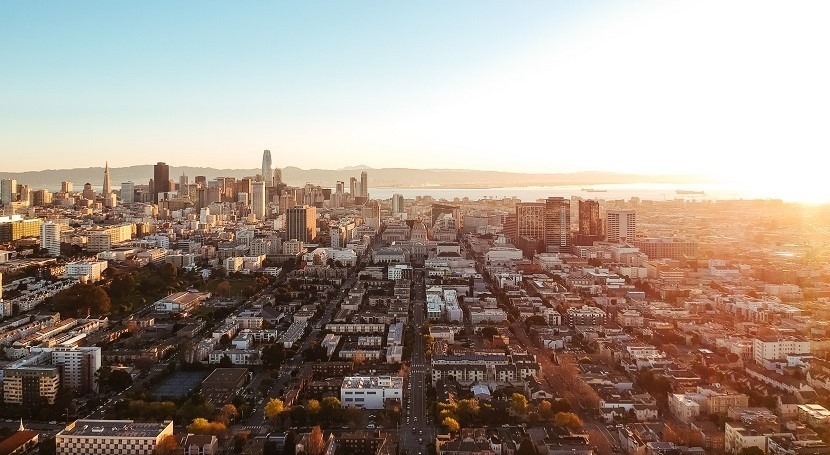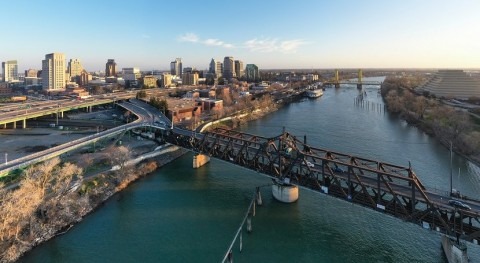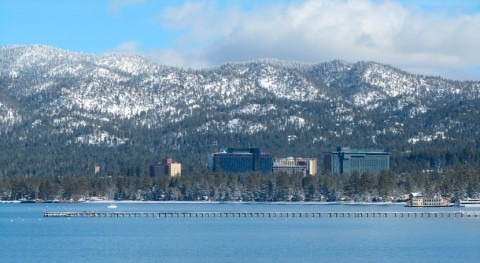The San Francisco Bay Regional Water Quality Control Board is proposing an agreement with the City and County of San Francisco that would require a $600 million investment to expand the capacity of sewer systems in three low-lying neighborhoods. Sewer overflows in these areas occur frequently after heavy rainstorms, posing risks to human health and groundwater quality.
With an estimated completion date of 2029, the projects outlined in the agreement, or stipulated cleanup and abatement order, would address combined sewer system issues in three neighborhoods hardest hit by overflows and flooding: 1) the Mission near 17th and Folsom streets, 2) Bernal Heights along Alemany Boulevard, and; 3) West Portal near 15th Avenue and Wawona Street.
“This is a major step forward for San Francisco,” said Michael Montgomery, Executive Officer of the San Francisco Bay Water Board. “These substantial investments in its sewer infrastructure will protect neighborhoods that have been exposed to unsafe wastewater for too long, and strengthen the resilience of the city’s collection system to extreme weather patterns brought about by climate change.”
San Francisco operates combined sewer systems that collect and convey sewage and stormwater for treatment prior to discharge to San Francisco Bay and the Pacific Ocean. During large storms, when rainfall exceeds sewer system conveyance capacity, sewage and stormwater can overflow curbs and sidewalks and flow onto surrounding public rights-of-way and private properties, including the backyards, basements, and garages of at-grade and below-grade homes and businesses. Due to San Francisco’s topography, sewer overflows are most common in low-lying areas.
Sewer overflows contain pathogens and other pollutants that pose human health risks and threaten groundwater quality. The agreement would reduce the frequency and magnitude of flooding in the three neighborhoods the projects would benefit.
At its July 27 meeting, the San Francisco Public Utilities Commission recommended that the Board of Supervisors accept the agreement. On September 3rd both the San Francisco Bay Water Board and Board of Supervisors noticed the agreement for public comment.
Approval by the county’s Board of Supervisors and by San Francisco Mayor London Breed is required before the regional water board can vote on the agreement, possibly before the end of the year. If approved, San Francisco will develop and implement a Sewer Overflow Response Plan that prepares for overflows and establishes response measures. The city would offer homeowners at least $1.5 million each year in grants to install devices that prevent backups of combined sewage and stormwater onto their property. San Francisco would also install water level sensing devices within the sewer systems to anticipate and mitigate overflows.














